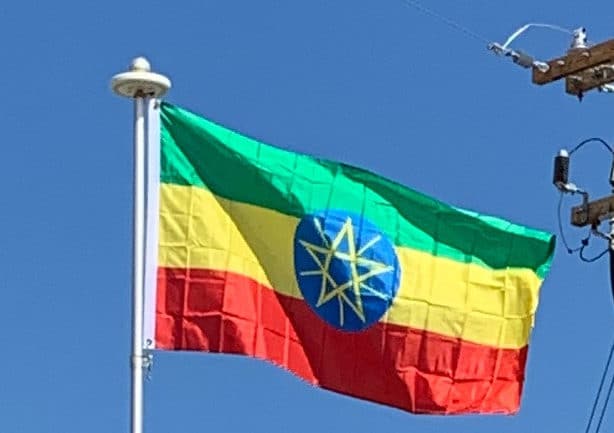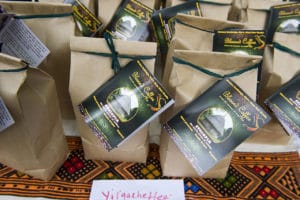
Exports are almost entirely agricultural commodities (with the exception of Gold exports), and coffee is the largest foreign exchange earner. Ethiopia is Africa’s second biggest maize producer. According to UN estimations the per capita GDP of Ethiopia has reached $357 as of 2011.
Exports from Ethiopia in the 2009/2010 financial year totaled US$1.4 billion. The country produces more coffee than any other nation on the continent. Coffee provides a livelihood for close to 15 million Ethiopians, 16% of the population. Farmers in the eastern part of the country, where a warming climate is already impacting production, have struggled in recent years, and many are currently reporting largely failed harvests as a result of a prolonged drought.
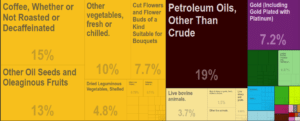
Other main export commodities are khat, gold, leather products, and oilseeds. Recent development of the floriculture sector means Ethiopia is poised to become one of the top flower and plant exporters in the world.
With the private sector growing slowly, designer leather products like bags are becoming a big export business, with Taytu becoming the first luxury designer label in the country. Additional small-scale export products include cereals, pulses, cotton, sugarcane, potatoes, and hides. With the construction of various new dams and growing hydroelectric power projects around the country, Ethiopia also plans to export electric power to its neighbors.
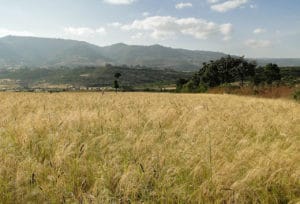
The country also has large mineral resources and oil potential in some of the less inhabited regions. Political instability in those regions, however, has inhibited development. Ethiopian geologists were implicated in a major gold swindle in 2008. Four chemists and geologists from the Ethiopian Geological Survey were arrested in connection with a fake gold scandal, following complaints from buyers in South Africa. Gold bars from the National Bank of Ethiopia were found by police to be gilded metal, costing the state around US$17 million, according to the Science and Development Network website.
Transportation:
Ethiopia has 926 km of electrified 1,435 mm (4 ft 8 1⁄2 in) standard gauge railways, 656 km for the Addis Ababa–Djibouti Railway between Addis Ababa and the Port of Djibouti (via Awash) and 270 km for the Awash–Hara Gebeya Railway between Addis Ababa and the twin cities of Dessie/Kombolcha (also via Awash). Both railways are either in trial service or still under construction as of August 2017. Once commissioned and fully operational in 2018/2019, both railways will allow passenger transport with a designated speed of 120 km/hour and freight transport with a speed of ~80 km/hour. Expected travel time from Addis Ababa to Djibouti City for passengers would be less than twelve hours and travel time from Addis Ababa to Dessie/Kombolcha would be around six hours.
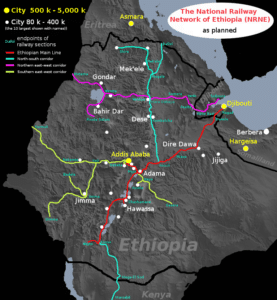
Beyond the first 270 km of the Awash–Hara Gebeya Railway, a second construction phase over 120 km foresees the extension of this railway from Dessie/Kombolcha to Hara Gebeya/Woldiya. It is not clear, when this section will be built and opened. A third, northern 216 km long railway is also under construction between Mek’ele and Woldiya, but it is also not clear, when this railway will be commissioned and opened. All railways are part of a future railway network of more than 5,000 km of railways, the National Railway Network of Ethiopia.
